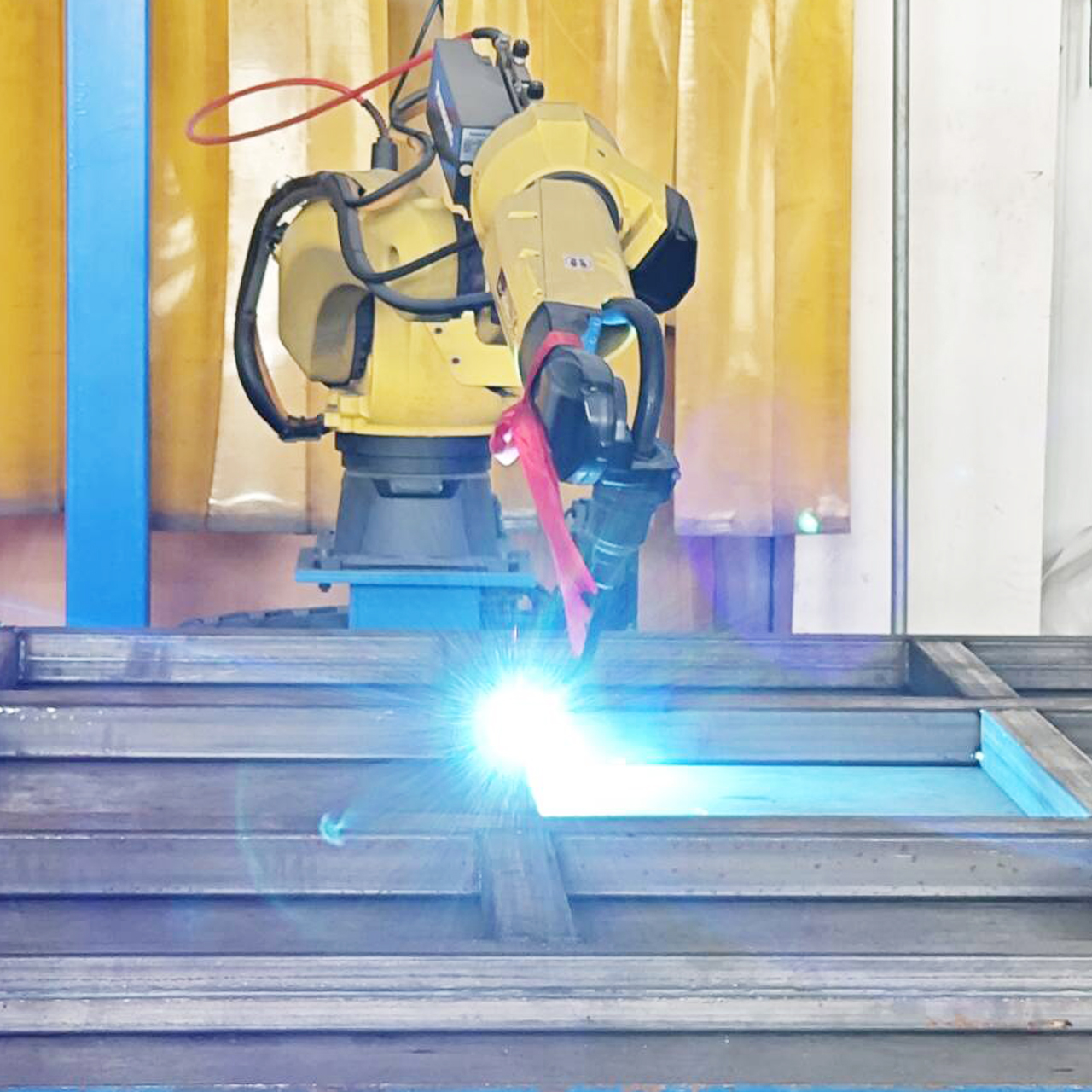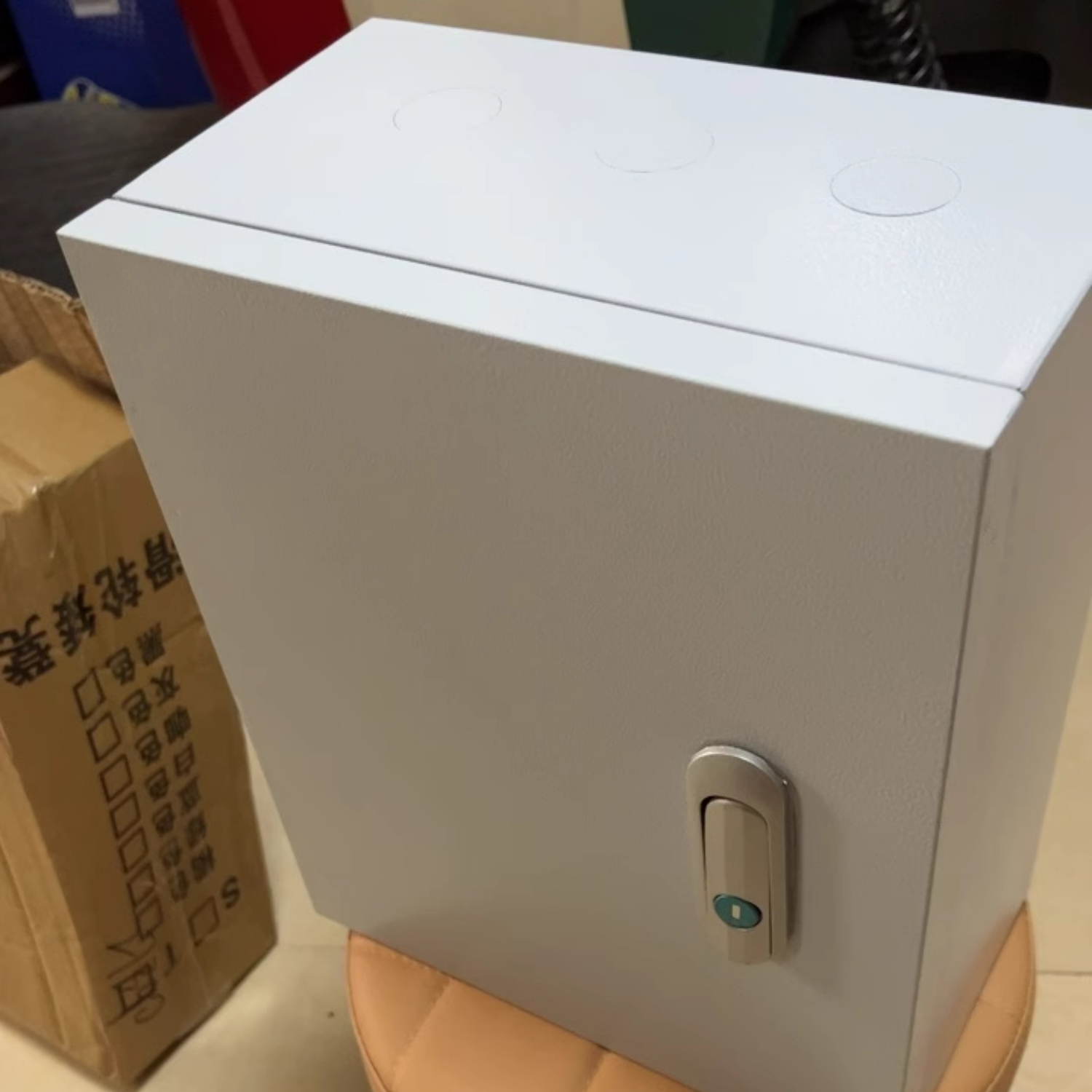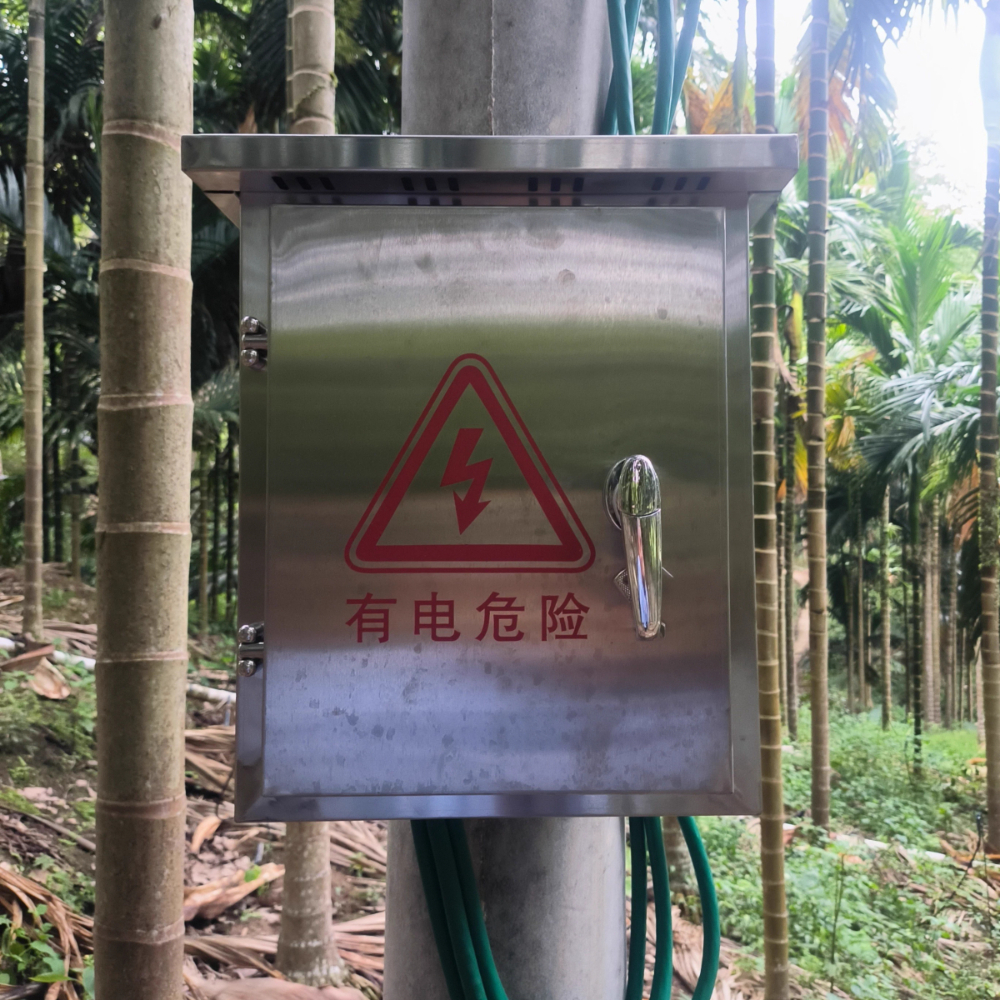Home / News / Company News
Company News
May 29,2025
By:Shinging
Choosing the right indoor metal electrical enclosure is crucial for ensuring the safety and functionality of electrical systems.Here are several important factors to consider when selecting an enclosure:
1. Material Composition
a. Steel vs. Aluminum
- Steel: Offers high strength and durability, making it suitable for heavy-duty applications. It typically provides better protection against impacts.
- Aluminum: Lighter and more resistant to corrosion, making it ideal for environments prone to moisture.
b. Coating
Look for enclosures with protective coatings, such as powder coating or galvanization, to enhance corrosion resistance, especially in humid environments.
2. Size and Space Management
a. Dimensions
Choose a size that accommodates your electrical components comfortably while allowing for proper airflow and heat dissipation.
b. Mounting Options
Consider how the enclosure will be mounted (e.g., wall, floor, or rack-mounted) and ensure that the chosen size fits the chosen installation method.
3. Ingress Protection (IP) Rating
The IP rating indicates the enclosure's effectiveness in protecting against dust and water:
- IP54: Protects against limited dust and splashing water.
- IP65: Provides complete dust protection and safeguards against water projected by a nozzle.
Select an IP rating based on the environment where the enclosure will be installed.
4.Cooling and Ventilation**
Electrical components generate heat, so ensure your enclosure has adequate cooling solutions. This can include:
- Ventilation slots
- Built-in fans
- Heat sinks
Proper thermal management is essential to prevent overheating and extend the lifespan of your equipment.
5. Accessibility and Maintenance
Consider how often the enclosure will need to be accessed for maintenance. Features to look for include:
- Removable doors or panels
- Lockable latches for security
- Labels or markings for easy identification of circuits or components
6. Electrical and Environmental Considerations
a. Load Capacity
Ensure that the enclosure can handle the electrical load of your components. Check for any specified ampacity ratings.
b. Environmental Conditions
Assess the exposure to chemicals, temperature extremes, or other environmental factors that might affect the enclosure's performance. Select enclosures designed for such conditions if necessary.
7. Compliance and Standards
Ensure that the enclosure complies with relevant industry standards and regulations, such as NEMA (National Electrical Manufacturers Association) or UL (Underwriters Laboratories) certifications. This ensures not only safety but also reliability.
8. Cost and Budget
While it’s essential to not compromise on safety and quality, consider your budget. Compare options and look for enclosures that provide the best value while meeting all your functional requirements.
Conclusion
Selecting the right indoor metal electrical enclosure requires careful consideration of several factors, including material, size, protection level, cooling needs, and regulatory compliance. By evaluating these aspects, you can ensure that the chosen enclosure will provide safety, efficiency, and durability for your electrical systems. Always consult with industry professionals if you are unsure about the best option for your specific needs.

Almost all electronic devices need a case to safeguard and shield their parts. An electronics enclosure is the solid, sturdy casing that surrounds var...
Aug 11,2025 / Industry news
Examine the wiring of devices ranging from a light switch to a ceiling fan or an industrial control panel, and you might find a metal junction box pro...
Aug 11,2025 / Industry news
Shinging offers an enclosure that meets any desired level of ingress protection you need. We provide NEMA rated enclosures as well as IP rated enclosu...
Aug 11,2025 / Industry newsOnline

Provider of Complete Metal Manufacturing Solutions
+86 18939857433
1188 Jiu Ye Road, Shanghai, China
11561 N Lamar Blvd,Austin,Texas,United States of America,78753
Gyeongin-ro 56-gil 8, ,3F jjbeauty,Guro-gu,Seoul,Guro-gu,Seoul,Republic of Korea
Top
Copyright © 2025 Shinging Technology Co., Ltd.,
Power By Bontop